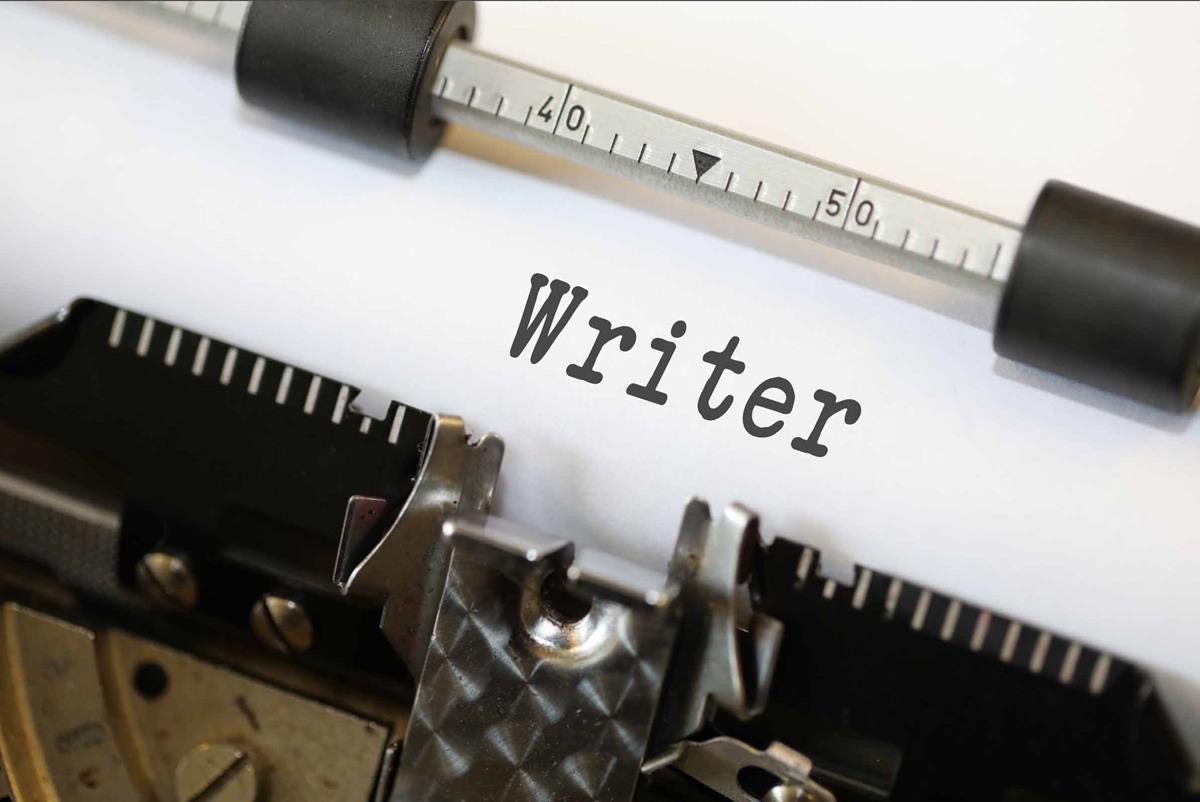
Author Julie Gilbert Discusses the Writing of Her New Book ‘Giant Love’
Julie Gilbert Today, we delve into the enduring relevance of the themes explored by Pulitzer Prize -winning author Edna Ferber
‘A Clock stopped’ is not one of Emily Dickinson’s best-known poems, but it uses its central metaphor to explore one of the most salient themes of her poetry: death. Dickinson uses the image of the stopped clock to reflect on the ending of a life and what this means. The clock in the poem is a small grandfather clock: a detail we can deduce from the fact that it has a pendulum (as grandfather clocks do) and the fact that it doesn’t sit on a mantelpiece. The clock is situated in a shopman’s window. Summary A Clock stopped – Not the Mantel’s – Geneva’s farthest skill Can’t put the puppet bowing – That just now dangled still – Emily Dickinson begins ‘A Clock stopped’ with that very simple line: ‘A Clock stopped’. The metre reflects the stopping of the clock: ‘Clock stopped’ is either a spondee (that is, two stressed syllables side-by-side) or, at the very least, a heavy trochee (with ‘Clock’ being emphasised slightly more than ‘stopped’). Either way, there is no neat to-and-fro that one gets with a line of, say, iambic pentameter, to mirror the ticking and tocking of a clock – and then, with that dash, the line is over, just as the clock’s motion came to an end. We are then told that all of the best clockmakers in Geneva couldn’t mend it. That ‘still’ which concludes the first stanza is ironic: until ‘just now’ the cuckoo ‘puppet’ continued to dangle, but now he is ‘still’ in the other sense of being ‘motionless’ (or, if you will, lifeless). An awe came on the Trinket! The Figures hunched, with pain – Then quivered out of Decimals – Into Degreeless Noon – The notion that the figures of the clock ‘hunched’ literally ‘with pain’ is pathetic fallacy, and introduces the secondary meaning of the poem, which is that the clock stopping is meant to remind us of our own deaths, which so often are accompanied by pain. ‘Figures’, as John Robinson observes in his study Emily Dickinson (Faber), is a pun: the numbers on the clock […]
Click here to view original page at A Summary and Analysis of Emily Dickinson’s ‘A Clock Stopped’
© 2024, wcadmin. All rights reserved, Writers Critique, LLC Unless otherwise noted, all posts remain copyright of their respective authors.

Julie Gilbert Today, we delve into the enduring relevance of the themes explored by Pulitzer Prize -winning author Edna Ferber

The Mallorcan Joana Marcús is a young bestseller in Spain and America, writer of young adult novels with a romantic


